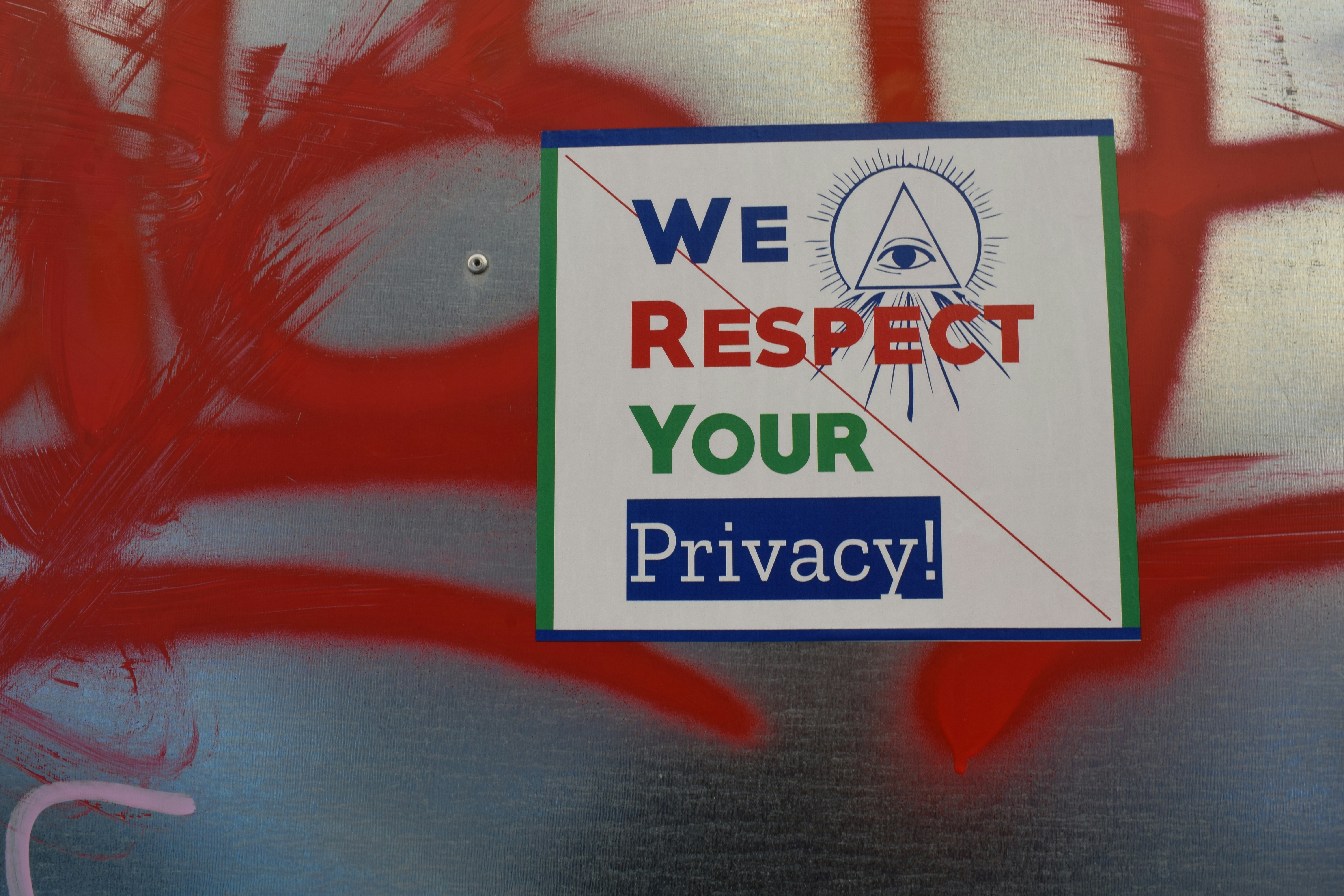Landmark Decision: Supreme Court Redefines Digital Privacy Rights
Away from the robust public debates and constant media flashlights, the Supreme Court of the United States recently redefined our understanding of digital privacy rights. This revolution in legal doctrine, hidden behind court doors, holds profound implications for society.

A Journey Through History: The Road to Digital Privacy
The underpinnings of our societal concept of privacy are rooted in several landmark Supreme Court decisions. In the late 19th century, Samuel D. Warren and Louis Brandeis introduced privacy as a legal concept, referring to it as “the right to be let alone.” This idea laid the groundwork for our modern definition of chronological privacy rights.
By the 1960s, due to technological upheavals, the scope of privacy law began to evolve and expand to cover constitutionally protected areas, despite the absence of explicit inclusion in the Bill of Rights. Legal milestones such as Katz v. United States (1967) challenged the extent of governmental powers, emphasizing that the Fourth Amendment protects people, not places. However, even then the full scale of digital privacy was untouched.
Stepping into the 21st Century: Legacy and Change
With the dawn of the digital era, our society and laws were forced to catch up to the rapid technological advancements. The Supreme Court’s earlier decisions, including United States v. Jones (2012), had started to touch upon the idea of digital privacy, focusing on the constitutionality of GPS tracking. The case set a crucial precedent, linking privacy to property rights.
However, broad questions about the digital dimension of privacy remained unanswered. Can the government access your digital data without a warrant? How is the expectation of privacy altered in the age of social media?
The Digital Privacy Game Changer: Carpenter v. United States
The landmark decision in Carpenter v. United States (2018) formally acknowledged the urgent need for a fresh perspective on digital privacy. The Supreme Court held that accessing historical cellphone records that provide a comprehensive chronicle of the user’s past movements constitutes a search under the Fourth Amendment, thus necessitating a warrant.
This ruling recasts our understanding of Privacy Law. Digital privacy is firmly anchored in the constitutional realm, necessitating concrete protections against unconstitutional intrusions.
Repercussions on Society: A Delicate Balancing Act
The implications of this decision are far-reaching, affecting both law enforcement and private citizens. Government agencies must now obtain warrants to access specific digital data, ensuring a safeguard against arbitrary interference with privacy rights.
Conversely, the decision challenges traditional investigation procedures, potentially impeding law enforcement’s ability to react quickly to imminent threats. It underscores a wider societal issue - balancing security interests with protecting individual privacy.
Looking Ahead: The Future of Digital Privacy
What we’re witnessing is an evolutionary step in our body of law. The landscape of digital privacy law is set to grow and develop further, woven by a combination of legislative action, court interpretations, and societal norms.
Following this landmark decision, we can expect continued debate and further refinements, as we grapple with divisive questions about issues such as data collection, surveillance, and government access. These discussions will no doubt play a vital role in shaping the future contours of our digital privacy landscape.
As our societal and technological norms continue to evolve, our legal framework will be tested and pushed towards robust, innovative solutions. The journey to clear, comprehensive, and adaptive privacy laws is a demanding yet indispensable pursuit.




